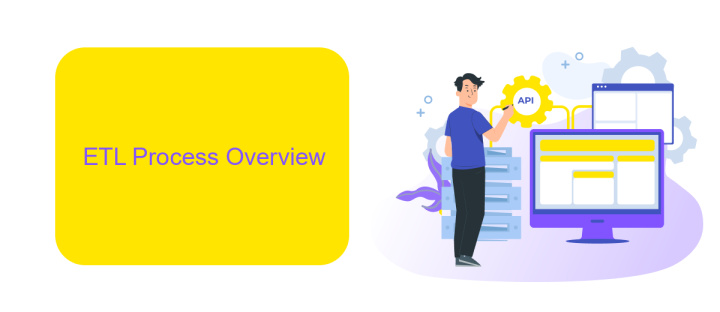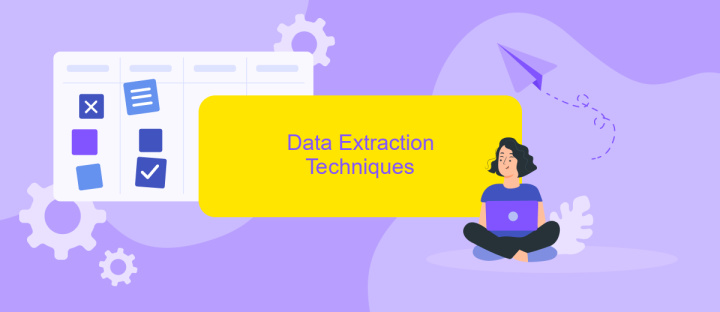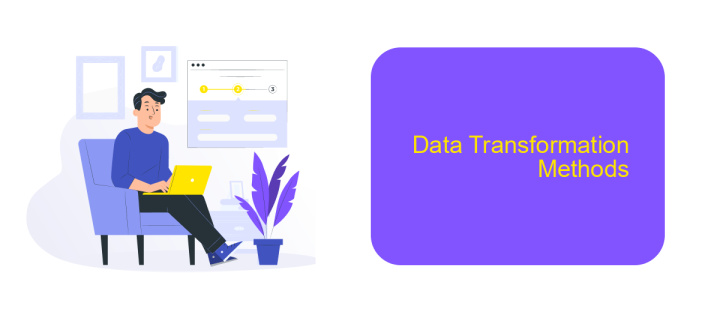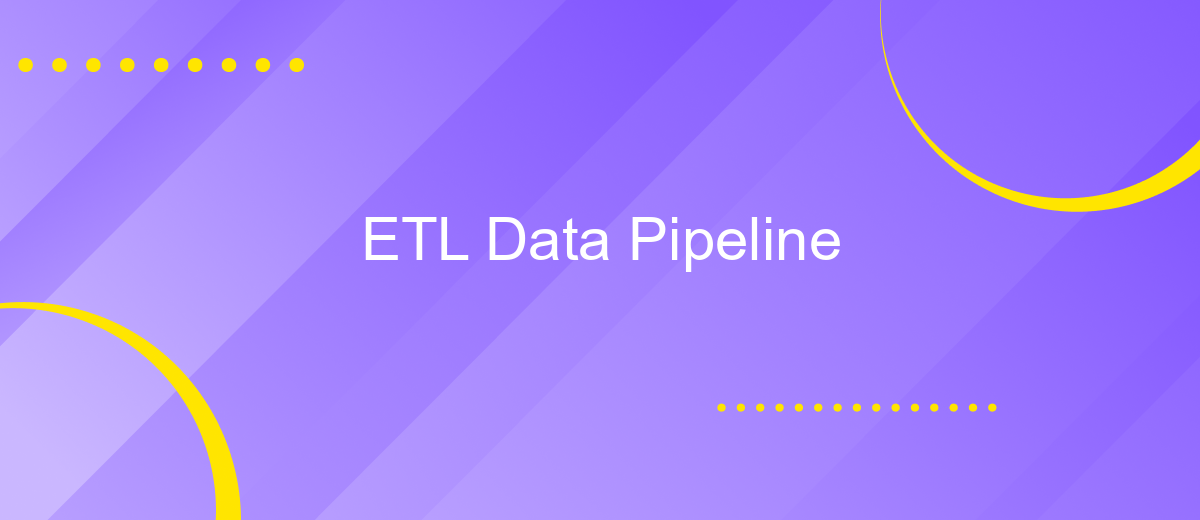ETL Data Pipeline
An ETL (Extract, Transform, Load) data pipeline is a critical component in modern data management and analytics. It facilitates the seamless extraction of data from various sources, its transformation into a usable format, and its loading into a target database or data warehouse. This process ensures data integrity, consistency, and accessibility, enabling organizations to make data-driven decisions effectively.
Introduction
In today's data-driven world, businesses rely heavily on the seamless flow of information to make informed decisions. An ETL (Extract, Transform, Load) data pipeline is a crucial component in this process, enabling the efficient transfer and transformation of data from various sources to a centralized data warehouse or data lake.
- Extract: Data is collected from diverse sources such as databases, APIs, and flat files.
- Transform: The extracted data is then cleaned, enriched, and transformed into a suitable format for analysis.
- Load: Finally, the transformed data is loaded into a target data storage system for further use.
Setting up and managing ETL pipelines can be complex, but services like ApiX-Drive simplify the process by offering easy-to-use integrations and automation tools. These services help businesses streamline data workflows, ensuring that data is always up-to-date and readily available for analysis. By leveraging such tools, organizations can focus more on deriving insights and less on the technicalities of data management.
ETL Process Overview

The ETL process, which stands for Extract, Transform, Load, is a critical component in data management and analytics. During the extraction phase, data is collected from various sources such as databases, APIs, and flat files. This data may be structured, semi-structured, or unstructured, and the goal is to gather all relevant information necessary for analysis. Tools like ApiX-Drive can facilitate this process by automating the data extraction from multiple platforms, ensuring data consistency and reducing manual effort.
Once the data is extracted, it enters the transformation phase, where it is cleaned, normalized, and enriched to meet the requirements of the target system. This phase may involve data validation, removing duplicates, and applying business rules to ensure data quality. Finally, the transformed data is loaded into a data warehouse or another storage system, where it becomes available for querying and analysis. Efficient ETL processes are essential for making data-driven decisions, as they ensure that the data is accurate, timely, and ready for use.
Data Extraction Techniques

Data extraction is a critical first step in any ETL (Extract, Transform, Load) pipeline, involving the retrieval of data from various sources. Effective data extraction techniques ensure that the data is accurate, complete, and in a format suitable for transformation and loading. There are several methods to extract data, each with its own advantages and use cases.
- Full Extraction: This method involves extracting all the data from the source system. It is simple but can be time-consuming and resource-intensive, especially with large datasets.
- Incremental Extraction: Only the data that has changed since the last extraction is retrieved. This method is more efficient and reduces the load on the source system.
- API-Based Extraction: Using APIs to extract data allows for real-time data retrieval and integration. Tools like ApiX-Drive can facilitate this process by automating and managing API connections seamlessly.
Choosing the right data extraction technique depends on the specific requirements of the ETL pipeline, the nature of the source data, and the desired frequency of data updates. By leveraging tools like ApiX-Drive, organizations can streamline the extraction process, ensuring data is consistently accurate and up-to-date.
Data Transformation Methods

Data transformation is a critical step in the ETL (Extract, Transform, Load) process, where raw data is converted into a format suitable for analysis. This stage ensures data consistency, quality, and usability, making it essential for accurate business insights.
There are various methods to perform data transformation, each catering to different types of data and requirements. These methods can be automated using tools and services, making the process more efficient and less prone to errors.
- Data Cleansing: Removing inaccuracies and inconsistencies from the data.
- Data Aggregation: Summarizing data for easier analysis.
- Data Normalization: Structuring data to reduce redundancy and improve integrity.
- Data Enrichment: Enhancing data by adding relevant information from external sources.
- Data Integration: Combining data from different sources into a unified view.
Services like ApiX-Drive can streamline the data transformation process by automating integrations between various data sources and applications. This not only saves time but also minimizes the risk of human error, ensuring that the transformed data is accurate and reliable.
Data Loading Strategies
Data loading strategies are crucial for ensuring efficient and reliable data transfer in ETL pipelines. One common approach is batch loading, where data is collected over a period and then loaded into the target system at scheduled intervals. This method is suitable for scenarios where real-time data is not critical and can help in reducing the load on the system during peak hours. Another strategy is real-time or streaming data loading, which involves continuously loading data as it is generated. This approach is essential for applications requiring up-to-the-minute data accuracy and is often implemented using technologies like Apache Kafka or cloud-based services.
When setting up data loading processes, leveraging integration platforms like ApiX-Drive can significantly simplify the task. ApiX-Drive offers a user-friendly interface for configuring data flows between various systems, allowing for both batch and real-time data transfers. It supports numerous data sources and destinations, making it a versatile tool for diverse ETL requirements. By automating the data loading process, ApiX-Drive helps in minimizing manual intervention, reducing errors, and ensuring data consistency across platforms.
FAQ
What is an ETL data pipeline?
Why is ETL important for businesses?
How can I automate my ETL data pipeline?
What are the common challenges in ETL processes?
How do I ensure data quality in my ETL pipeline?
Routine tasks take a lot of time from employees? Do they burn out, do not have enough working day for the main duties and important things? Do you understand that the only way out of this situation in modern realities is automation? Try Apix-Drive for free and make sure that the online connector in 5 minutes of setting up integration will remove a significant part of the routine from your life and free up time for you and your employees.

